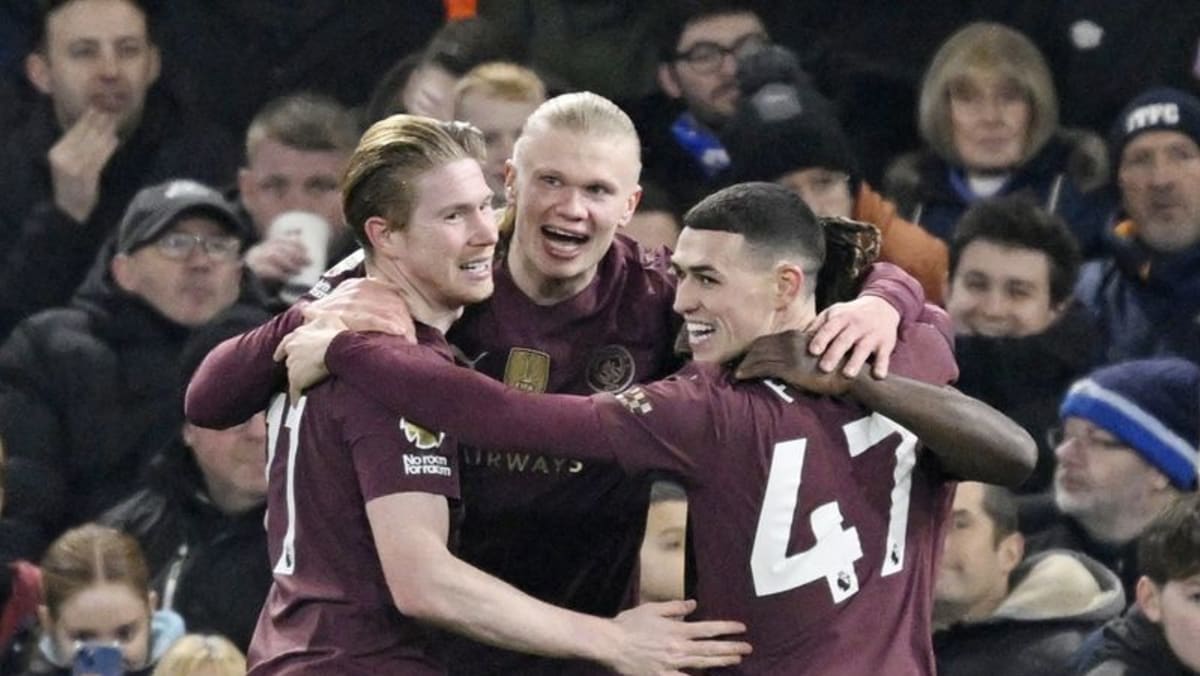Tiny plastic particles, known as micro-nano plastics, have become a global concern due to widespread plastic use. However, there’s a lack of knowledge about even smaller nanoplastics. A new study aimed to bridge this gap by creating a highly effective optical imaging technique for quick analysis of nanoplastics with exceptional sensitivity and specificity.
Researchers have successfully counted and identified these extremely tiny particles in bottled water in a groundbreaking effort. The findings revealed that, on average, a liter of bottled water contained around 240,000 detectable plastic fragments. This count is significantly higher—10 to 100 times greater—than previous estimates primarily focused on larger plastic sizes.
Study coauthor Beizhan Yan, an environmental chemist at Columbia Climate School’s Lamont-Doherty Earth Observatory said, “Previously this was just a dark area, uncharted. Toxicity studies were just guessing what’s in there. This opens a window where we can look into a world that was not exposed to us before.”
The recently conducted study utilized a technique known as stimulated Raman scattering microscopy, a method co-invented by one of the study’s authors, Wei Min, who is a biophysicist at Columbia. This technique involves examining samples using two lasers simultaneously, both tuned to resonate with specific molecules. Focusing on seven frequently found plastics, the researchers developed a data-driven algorithm to analyze the outcomes.
In their investigation, scientists examined three widely consumed brands of bottled water in the United States (though the brands were not disclosed). They meticulously analyzed plastic particles, even down to the size of 100 nanometers. The researchers observed between 110,000 and 370,000 plastic fragments in each liter of water. Notably, 90% of these particles were nanoplastics, with the remaining 10% being microplastics. The researchers further identified the specific types of seven plastics and documented their shapes.
Among the identified plastics, one commonly found was polyethylene terephthalate, or PET, which is unsurprising as it is a common material used in water bottles. The presence of PET in the water may result from small bits breaking off when bottles are squeezed or exposed to heat. Additionally, a recent study suggests particles may enter the water when the bottle cap is repeatedly opened or closed, causing tiny abrasions.
Interestingly, PET was outnumbered by polyamide, a type of nylon. This was speculated to originate from plastic filters supposedly purifying the water before bottling. The researchers also identified other prevalent plastics, including polystyrene, polyvinyl chloride, and polymethyl methacrylate, all of which are used in various industrial processes. This insight into the types of plastics found in bottled water provides essential information for understanding sources of contamination and potential health implications.
The study’s findings raise a concern: the seven types of plastics that researchers specifically looked for constituted only about 10% of all the nanoparticles discovered in the samples. The nature and origin of the remaining 90% remain unknown. If these unidentified particles are also nanoplastics, the total count could be in the tens of millions per liter.
Researchers said, “But they could be almost anything, indicating the complicated particle composition inside the seemingly simple water sample. The common existence of natural organic matter certainly requires prudent distinguishment.”
Min said, “There is a huge world of nanoplastics to be studied. By mass, nanoplastics comprise far less than microplastics, but “it’s not size that matters. It’s the numbers because the smaller things are, the more easily they can get inside us.”
Journal Reference:
- Naixin Qian, Xin Gao, Xiaqi Lang et al. Rapid single-particle chemical imaging of nanoplastics by SRS microscopy. PNAS. DOI: 10.1073/pnas.2300582121
Note: This article have been indexed to our site. We do not claim legitimacy, ownership or copyright of any of the content above. To see the article at original source Click Here












